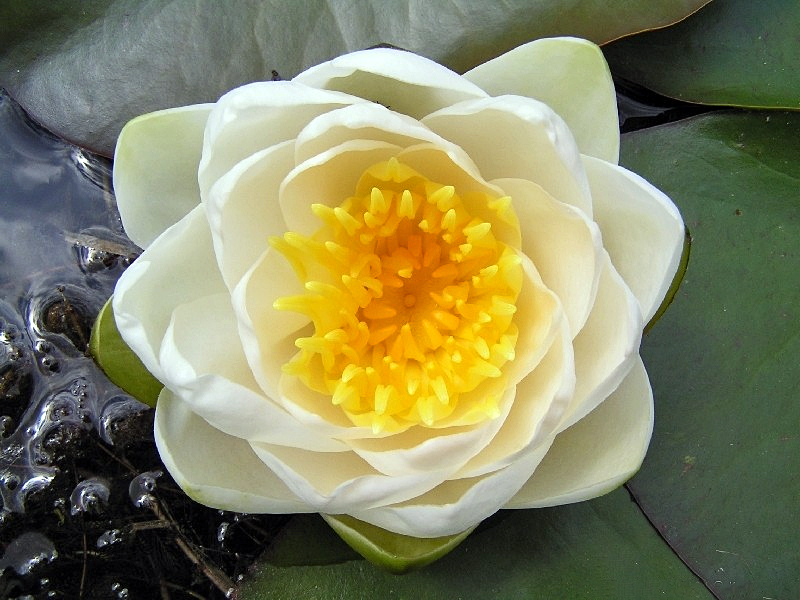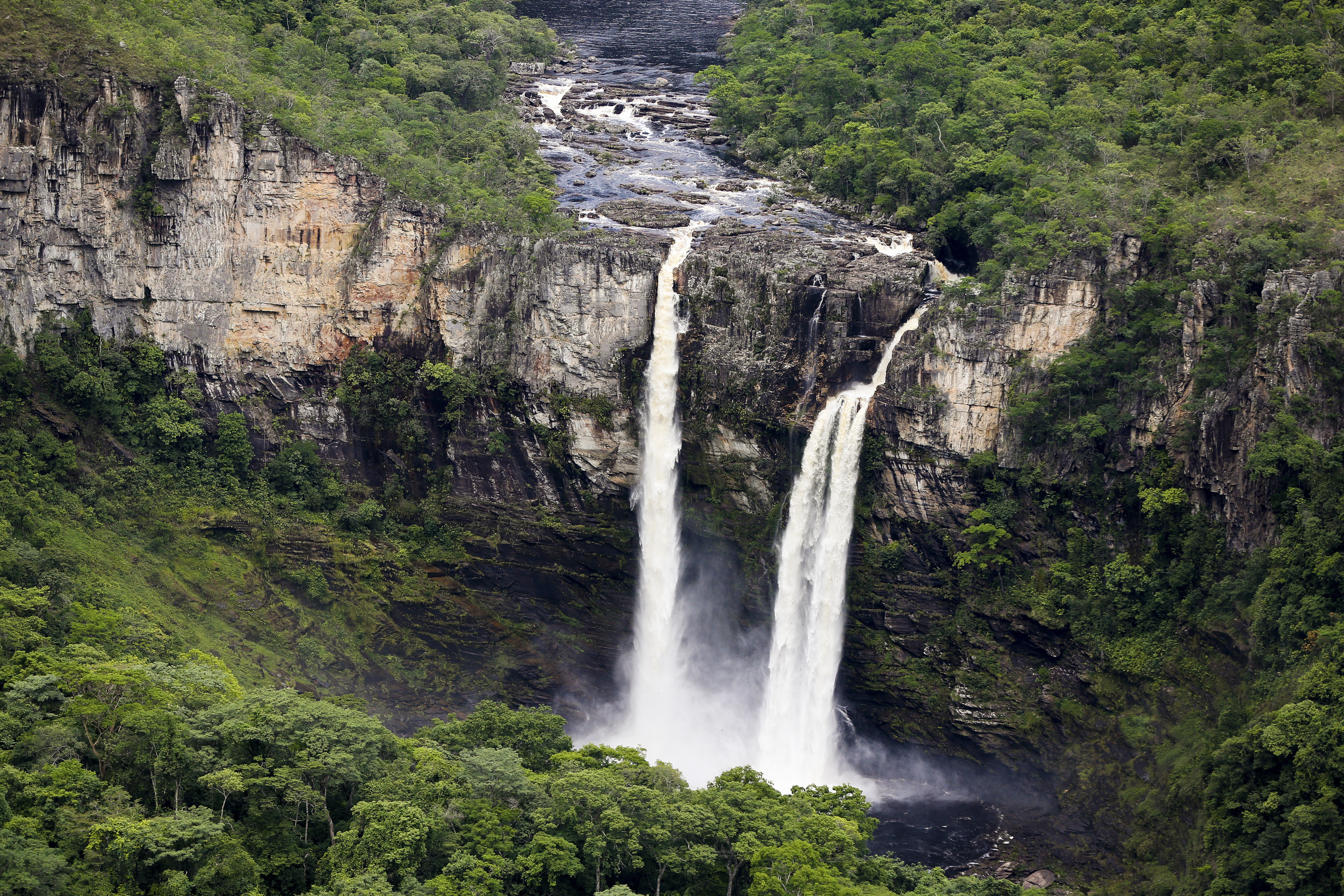|
San Matías Integrated Management Natural Area
San Matías Integrated Management Natural Area (, or ANMI San Matías) is a protected area in Bolivia located in the Santa Cruz Department. Geography It is located in the east of the Santa Cruz Department of Bolivia. At 2,918,500 hectares, it spans the provinces of Ángel Sandoval, Germán Busch, Chiquitos and Velasco, in the municipalities of San Matías, Puerto Suárez, Puerto Quijarro, San José de Chiquitos and San Rafael. It borders Brazil to the east. It is the second largest protected area in Bolivia. History During the installation of a gas pipeline through the ANMI, a large trove of Pre-Columbian artefacts were found, dating from the years 1000 to 1500. There are rock paintings near Laguna Gaiba, to the north of the road from El Carmen to Puerto Suarez, and to the north of the area of Navidad y Las Petas. The indigenous people of this area are the Ayoreo and Chiquitano. The area was first protected under Supreme Decree 24124 on 21 September 1995 as ''Area de Inmovi ... [...More Info...] [...Related Items...] OR: [Wikipedia] [Google] [Baidu] |
Hyacinth Macaw
The hyacinth macaw (''Anodorhynchus hyacinthinus''), or hyacinthine macaw, is a parrot native to central and eastern South America. With a length (from the top of its head to the tip of its long pointed tail) of about one meter it is longer than any other species of parrot. It is the largest macaw and the largest flying parrot species; the flightless kākāpō of New Zealand outweighs it at up to 3.5 kg. While generally easily recognized, it could be confused with the smaller Lear's macaw. Habitat loss and the trapping of wild birds for the pet trade have taken a heavy toll on their population in the wild, so the species is classified as Vulnerable on the International Union for Conservation of Nature's Red List, and it is protected by its listing on Appendix I of the Convention on International Trade in Endangered Species of Wild Fauna and Flora (CITES). Taxonomy English physician, ornithologist, and artist John Latham first described the hyacinth macaw in 1790 ... [...More Info...] [...Related Items...] OR: [Wikipedia] [Google] [Baidu] |
Chiquitano
The Chiquitano or Chiquitos are an indigenous people of Bolivia, with a small number also living in Brazil. The Chiquitano primarily live in the Chiquitania tropical savanna of Santa Cruz Department, Bolivia, with a small number also living in Beni Department and in Mato Grosso, Brazil. In the 2012 census, self-identified Chiquitanos made up 1.45% of the total Bolivian population or 145,653 people, the largest number of any lowland ethnic group. A relatively small proportion of Bolivian Chiquitanos speak the Chiquitano language. Many reported to the census that they neither speak the language nor learned it as children. The Chiquitano ethnicity emerged among socially and linguistically diverse populations required to speak a common language by the Jesuit Missions of Chiquitos. Name The name Chiquitos means "little ones" in Spanish. This ethnonym is commonly said to have been chosen by the Spanish Conquistadores, when they found the small doors of the Indian huts in the region. ... [...More Info...] [...Related Items...] OR: [Wikipedia] [Google] [Baidu] |
Cabomba Furcata
''Cabomba furcata'' is a species of aquatic plant in the water shield family known by the common names red cabomba and forked fanwort. It is native to Central and South America and as far north as Cuba and the tip of Florida. It reaches a maximum height between 30 and 80 cm and is up to 8 cm wide. It bears purple flowers. This is used as an aquarium plant. Carbon dioxide Carbon dioxide ( chemical formula ) is a chemical compound made up of molecules that each have one carbon atom covalently double bonded to two oxygen atoms. It is found in the gas state at room temperature. In the air, carbon dioxide is t ... addition is usually necessary, mostly because this plant requires high light and regular fertilization for optimal growth. ''Cabomba furcata'' has been reported as an invasive species in Kerala, India. Even though the rapidly growing cabomba are treat to eyes , it becomes hazardous for the water bodies due to its active stem propagation which preven ... [...More Info...] [...Related Items...] OR: [Wikipedia] [Google] [Baidu] |
Nymphaea Amazonum
''Nymphaea'' () is a genus of hardy and tender aquatic plants in the family Nymphaeaceae. The genus has a cosmopolitan distribution. Many species are cultivated as ornamental plants, and many cultivars have been bred. Some taxa occur as introduced species where they are not native,''Nymphaea''. Flora of North America. and some are weeds.''Nymphaea''. The Jepson eFlora 2013. Plants of the genus are known commonly as water lilies, [...More Info...] [...Related Items...] OR: [Wikipedia] [Google] [Baidu] |
Nymphoides Grayana
''Nymphoides'', or floatingheart, is a genus of aquatic flowering plants in the family Menyanthaceae. The genus name refers to their resemblance to the water lily ''Nymphaea''. ''Nymphoides'' are aquatic plants with submerged roots and floating leaves that hold the small flowers above the water surface. Flowers are sympetalous, most often divided into five lobes (petals). The petals are either yellow or white, and may be adorned with lateral wings or covered in small hairs. The inflorescence consists of either an umbellate cluster of flowers or a lax raceme, with internodes occurring between generally paired flowers. Species of ''Nymphoides'' are sold as aquarium plants, including the "banana plant", '' N. aquatica'' and the "water snowflake", '' N. indica''. Species native to the United States are '' N. cordata'' in the northeast and '' N. aquatica'' in the southeast. ''Nymphoides peltata'' is native to Europe and Asia, but can be found in the United States as an invas ... [...More Info...] [...Related Items...] OR: [Wikipedia] [Google] [Baidu] |
Aquatic Plant
Aquatic plants are plants that have adapted to living in aquatic environments ( saltwater or freshwater). They are also referred to as hydrophytes or macrophytes to distinguish them from algae and other microphytes. A macrophyte is a plant that grows in or near water and is either emergent, submergent, or floating. In lakes and rivers macrophytes provide cover for fish, substrate for aquatic invertebrates, produce oxygen, and act as food for some fish and wildlife. Macrophytes are primary producers and are the basis of the food web for many organisms. They have a significant effect on soil chemistry and light levels as they slow down the flow of water and capture pollutants and trap sediments. Excess sediment will settle into the benthos aided by the reduction of flow rates caused by the presence of plant stems, leaves and roots. Some plants have the capability of absorbing pollutants into their tissue. Seaweeds are multicellular marine algae and, although their ecologic ... [...More Info...] [...Related Items...] OR: [Wikipedia] [Google] [Baidu] |
Eleocharis Acutangula
''Eleocharis'' is a virtually cosmopolitan genus of 250 or more species of flowering plants in the sedge family, Cyperaceae. The name is derived from the Greek words ἕλειος (''heleios''), meaning "marsh dweller," and χάρις (''charis''), meaning "grace." Members of the genus are known commonly as spikerushes or spikesedges. The genus has a geographically cosmopolitan distribution, with centers of diversity in the Amazon Rainforest and adjacent eastern slopes of the South American Andes, northern Australia, eastern North America, California, Southern Africa, and subtropical Asia. The vast majority of ''Eleocharis'' species grow in aquatic or mesic habitats from sea level to higher than 5,000 meters in elevation (in the tropical Andes). The genus itself is relatively easy to recognize; all ''Eleocharis'' species have photosynthetic stems but no green leaves (the leaves have been reduced to sheaths surrounding the base of the stems). Many species are robust, rhizomat ... [...More Info...] [...Related Items...] OR: [Wikipedia] [Google] [Baidu] |
Oxycaryum Cubense
''Cyperus'' is a large genus of about 700 species of sedges, distributed throughout all continents in both tropical and temperate regions. Description They are annual or perennial plants, mostly aquatic and growing in still or slow-moving water up to deep. The species vary greatly in size, with small species only tall, while others can reach in height. Common names include ''papyrus sedges'', ''flatsedges'', ''nutsedges'', ''umbrella-sedges'' and ''galingales''. The stems are circular in cross-section in some, triangular in others, usually leafless for most of their length, with the slender grass-like leaves at the base of the plant, and in a whorl at the apex of the flowering stems. The flowers are greenish and wind-pollinated; they are produced in clusters among the apical leaves. The seed is a small nutlet. Ecology ''Cyperus'' species are eaten by the larvae of some Lepidoptera species, including ''Chedra microstigma''. They also provide an alternative food source fo ... [...More Info...] [...Related Items...] OR: [Wikipedia] [Google] [Baidu] |
Salvinia Auriculata
''Salvinia auriculata'' is a species of plant in the Salviniaceae known by the common names eared watermoss,''Salvinia auriculata''. USDA Plants Profile. African payal (: ആഫ്രിക്കൻ പായൽ), and butterfly fern. It is native to the Americas from Mexico south to Argentina and Chile. It is cultivated as an and it has become in the wild in some places. This ... [...More Info...] [...Related Items...] OR: [Wikipedia] [Google] [Baidu] |
Eichornia
''Eichhornia'', commonly called water hyacinths, was a polyphyletic genus of the aquatic flowering plants family Pontederiaceae. Since it was consistently recovered in three independent lineages, it has been sunk into '' Pontederia'', together with ''Monochoria''. Each of the three lineages is currently recognized as subgenera in ''Pontederia'': * ''Pontederia'' subg. ''Cabanisia'', which includes '' P. meyeri'', '' P. paniculata'' (the Brazilian water hyacinth), and '' P. paradoxa'' * ''Pontederia'' subg. ''Oshunae'', which includes the common water hyacinth, '' P. crassipes'' * ''Pontederia'' subg. ''Eichhornia'', which includes '' P. azurea'', '' P. diversifolia'', '' P. heterosperma'', and '' P. natans'' ''Pontederia'' subg. ''Eichhornia'' is pantropical, centered in South America but with '' P. natans'' being endemic to continental Africa and Madagascar. The other three species are restricted to the Neotropics. It was named in honour of , an early-19th-century Prus ... [...More Info...] [...Related Items...] OR: [Wikipedia] [Google] [Baidu] |
Savanna
A savanna or savannah is a mixed woodland-grassland (i.e. grassy woodland) ecosystem characterised by the trees being sufficiently widely spaced so that the canopy does not close. The open canopy allows sufficient light to reach the ground to support an unbroken herbaceous layer consisting primarily of grasses. According to '' Britannica'', there exists four savanna forms; ''savanna woodland'' where trees and shrubs form a light canopy, ''tree savanna'' with scattered trees and shrubs, ''shrub savanna'' with distributed shrubs, and ''grass savanna'' where trees and shrubs are mostly nonexistent.Smith, Jeremy M.B.. "savanna". Encyclopedia Britannica, 5 Sep. 2016, https://www.britannica.com/science/savanna/Environment. Accessed 17 September 2022. Savannas maintain an open canopy despite a high tree density. It is often believed that savannas feature widely spaced, scattered trees. However, in many savannas, tree densities are higher and trees are more regularly spaced than in for ... [...More Info...] [...Related Items...] OR: [Wikipedia] [Google] [Baidu] |
Cerrado
The ''Cerrado'' (, ) is a vast ecoregion of tropical savanna in eastern Brazil, particularly in the states of Goiás, Mato Grosso do Sul, Mato Grosso, Tocantins, Minas Gerais, and the Federal District. The core areas of the Cerrado biome are the Brazilian highlands – the ''Planalto''. The main habitat types of the Cerrado consist of forest savanna, wooded savanna, park savanna and gramineous-woody savanna. The ''Cerrado'' also includes savanna wetlands and gallery forests. The second largest of Brazil's major habitat types, after the Amazonian rainforest, the Cerrado accounts for a full 21 percent of the country's land area (extending marginally into Paraguay and Bolivia). The first detailed European account of the Brazilian cerrados was provided by Danish botanist Eugenius Warming (1892) in the book ''Lagoa Santa'', : The above is the original. There are other, later French and Portuguese translations not listed here. in which he describes the main features of th ... [...More Info...] [...Related Items...] OR: [Wikipedia] [Google] [Baidu] |





